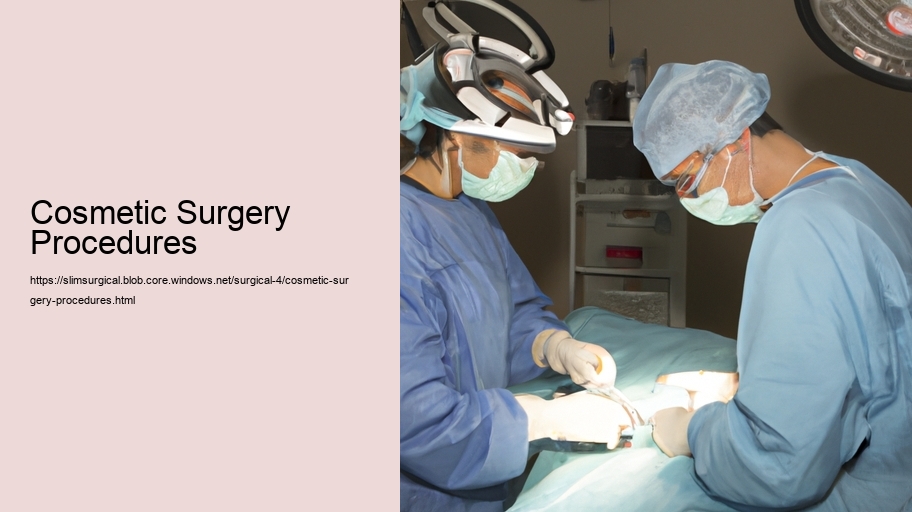Cosmetic surgery procedures, often referred to as plastic surgery, are specialized interventions aimed at enhancing the appearance of individuals through surgical and medical techniques. These procedures are elective, as they are typically not necessary for health reasons but are instead performed to improve aesthetic appeal, symmetry, and proportion.
One can trace the roots of cosmetic surgery back to ancient civilizations where rudimentary forms of cosmetic enhancements were practiced. However, it was not until the 20th century that cosmetic surgery as we know it began to truly evolve. The two World Wars, for instance, significantly contributed to the advancement of reconstructive surgery, which in turn laid the groundwork for elective cosmetic procedures.
In contemporary society, cosmetic surgery has become increasingly mainstream, driven by cultural and social factors, media portrayals of beauty, and the desire for personal satisfaction and confidence. The range of procedures available today is vast, catering to virtually every part of the body.
One of the most common types of cosmetic surgery is breast enhancement, which includes augmentation, lift, and reduction. These procedures are designed to alter the size and shape of the breasts to meet the patient's desired look. Breast augmentation typically involves the insertion of implants to increase size, while a lift addresses sagging, and reduction is aimed at alleviating discomfort from overly large breasts.
Facial cosmetic surgeries are also highly popular, with procedures such as rhinoplasty, which reshapes the nose; blepharoplasty, which adjusts the eyelids; and facelifts, which aim to reduce the signs of aging by removing wrinkles and tightening sagging skin. Additionally, non-surgical treatments like Botox and filler injections have surged in popularity for their ability to temporarily smooth or fill lines and enhance facial contours with minimal downtime.
Liposuction is another widely sought-after procedure that removes fat from specific areas of the body, such as the abdomen, thighs, hips, and arms. It is often used to refine body shape when fat does not respond to diet and exercise. Similarly, abdominoplasty or "tummy tuck" is a procedure that removes excess skin and fat from the abdominal area and restores weakened or separated muscles to create a smoother and firmer abdominal profile.
However, as with any surgical intervention, cosmetic surgery carries risks and requires careful consideration. Complications such as infection, scarring, and dissatisfaction with the results can occur. It is crucial for individuals to have realistic expectations and to choose a qualified and experienced plastic surgeon.
Ethical considerations also play a role in the discussion of cosmetic surgery. The industry can perpetuate unrealistic standards of beauty and may contribute to a culture of appearance-based judgment. Moreover, the psychological impact on patients, particularly those with body dysmorphic disorder, is an area of concern, emphasizing the need for thorough psychological evaluations before surgery.
In conclusion, cosmetic surgery procedures offer a way for individuals to alter their appearance in pursuit of aesthetic goals. While these interventions can provide significant psychological benefits, such as improved self-esteem and confidence, they are not without risks and ethical implications. Therefore, it is essential that individuals approach cosmetic surgery with caution, armed with thorough research and professional guidance, to ensure safe and satisfying outcomes.
